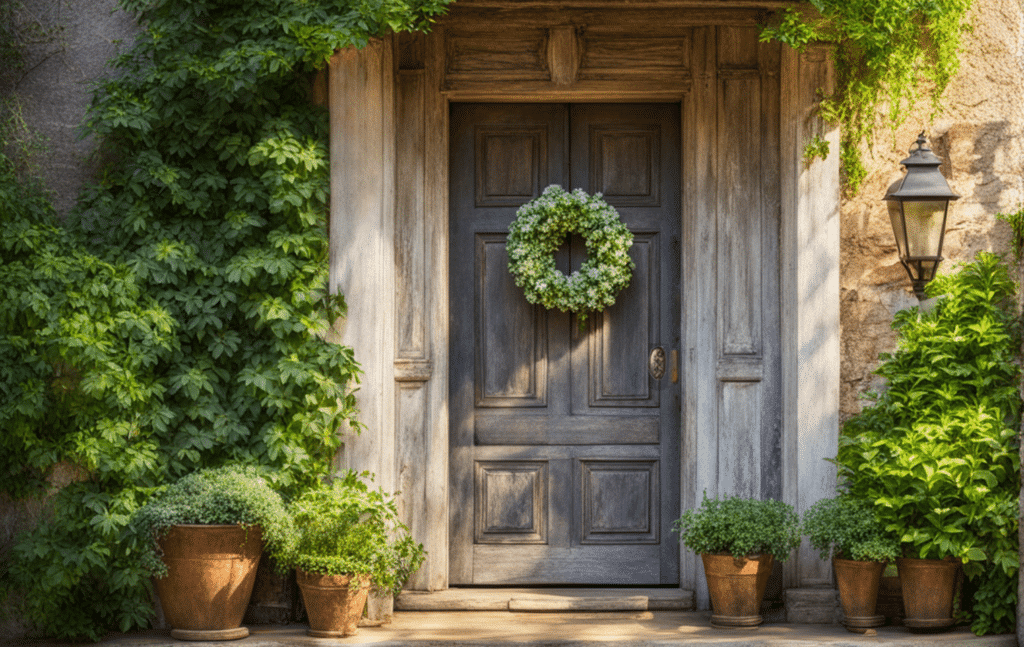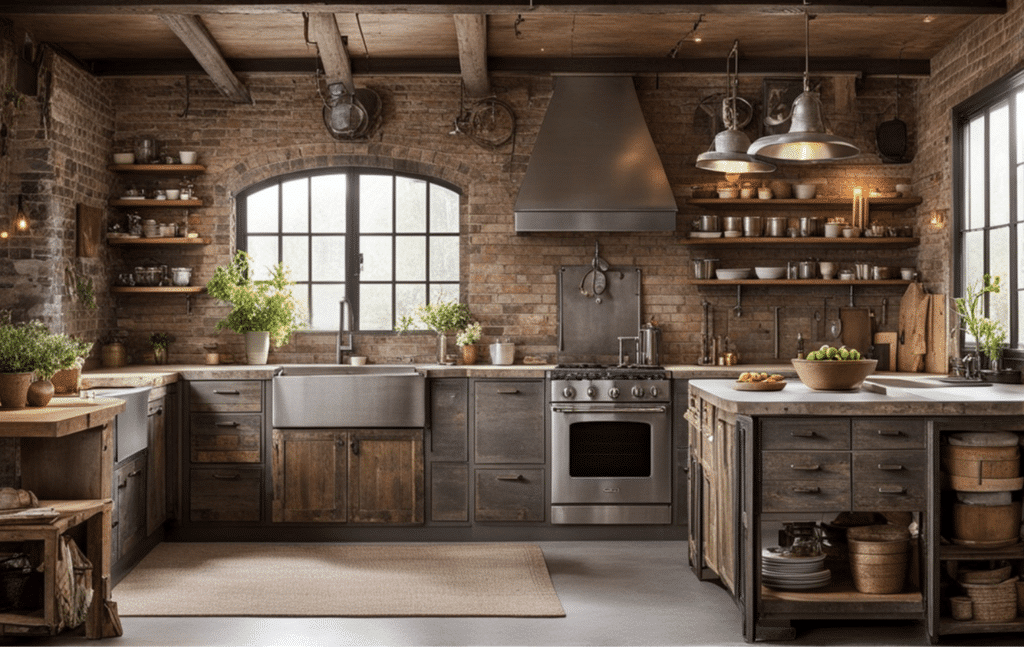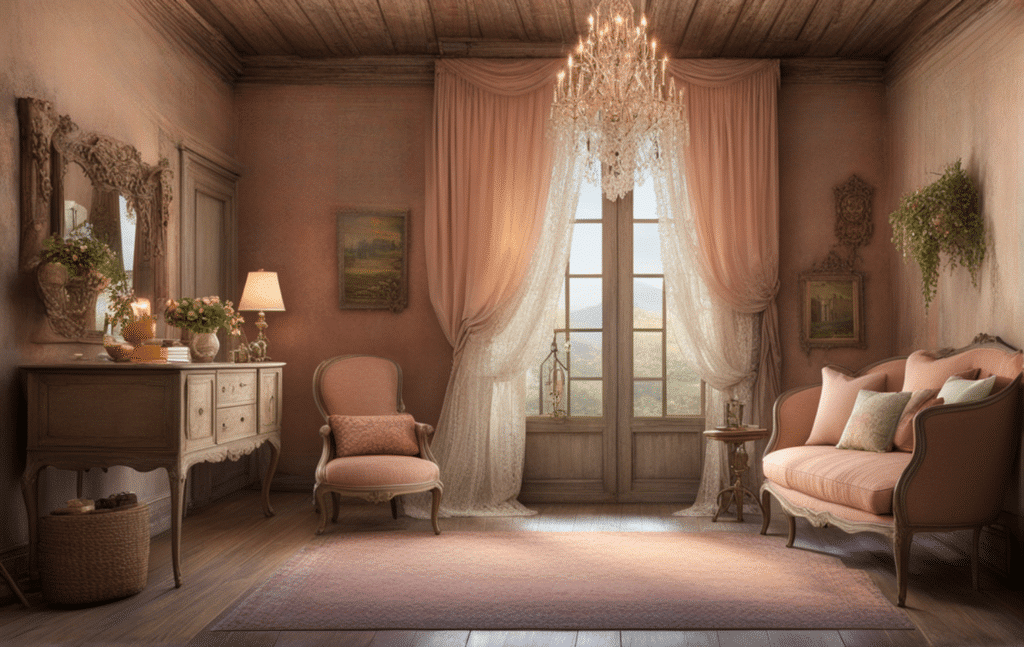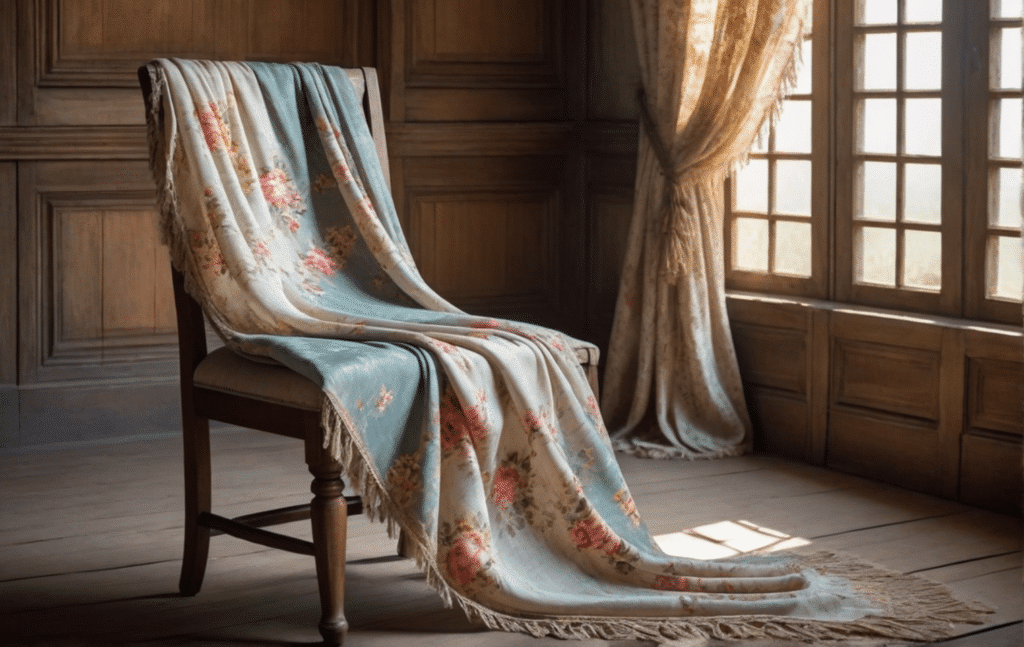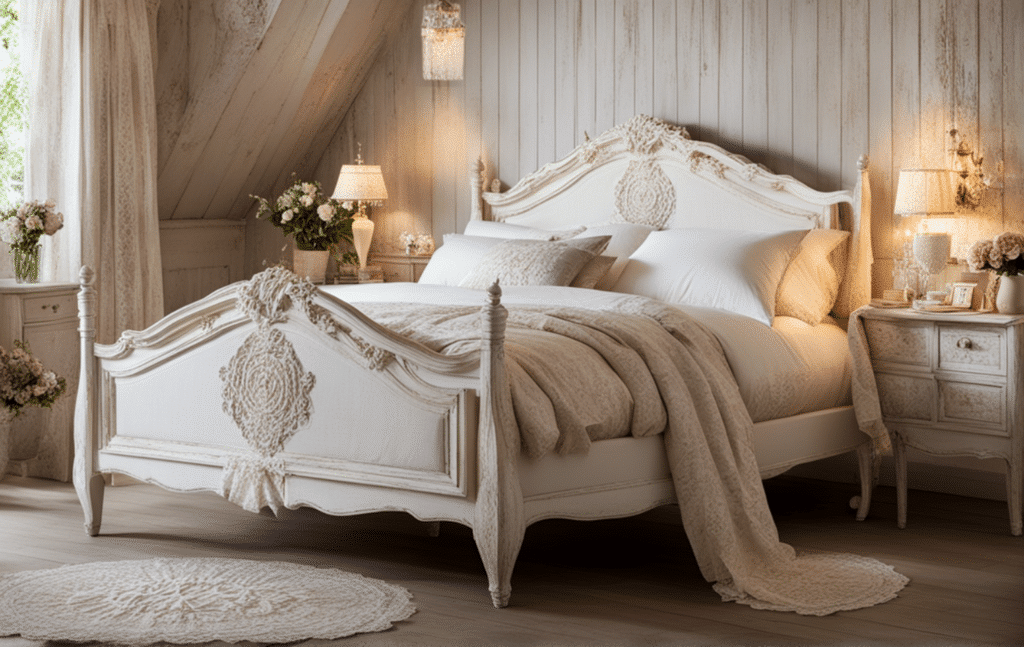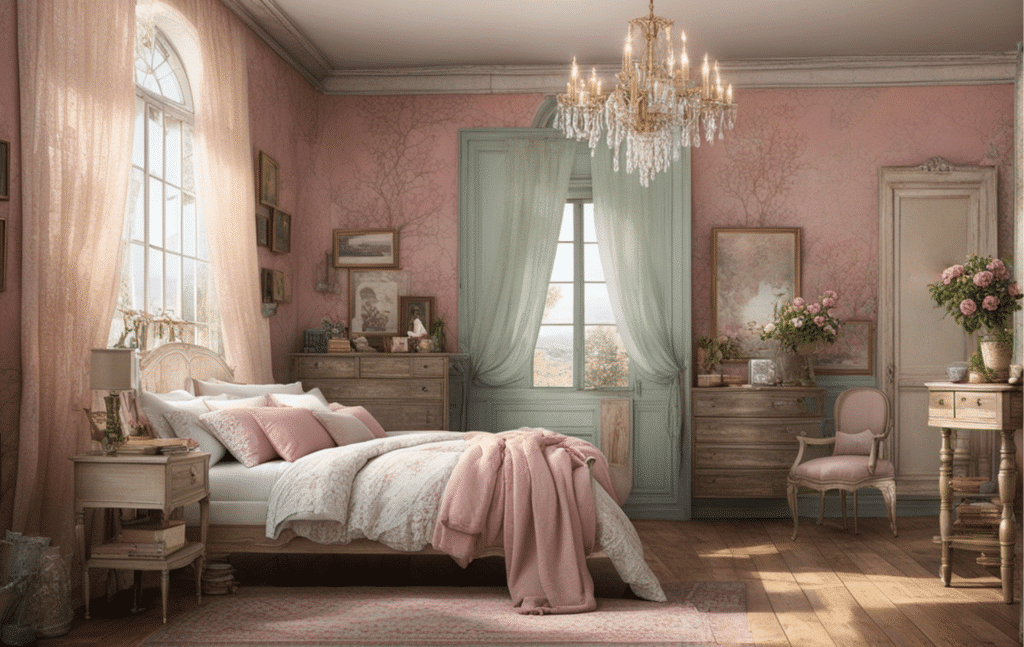Shabby Chic Home Decor Styling: Timeless Elegance for Your Space
Shabby Chic: The Ultimate Guide to Creating a Warm, Inviting Home
Are you tired of modern home decor trends that lack character? Do you yearn for a warm, welcoming space that exudes timeless elegance? Look no further than Shabby Chic home decor styling.

What is Shabby Chic Decor?
- A design aesthetic that celebrates the beauty of imperfection
- Embracing vintage, distressed, and rustic elements
- Blending different eras to create a unique, eclectic look
Listen to the Podcast Discussion
Podcast Transcript
Right. So today, we’re diving into shabby chic. Oh. And I’m kind of excited, honestly. This is one of those like, I feel like it’s one of those styles that people think they get.
Right. But there’s actually, like, some nuance to it. Totally. Yeah. It’s way more nuanced than I think a lot of people realize.
I think they think, you know, oh, it’s just distressed furniture. But it’s not. It’s a feeling. Right. Exactly.
Yeah. Like, going through the materials, you sense. Like, one of the big takeaways I’m getting is this idea of, like, celebrating imperfection. Uh-huh. Like, bring on the, you know, the chipped paint and the, and the faded florals.
But there’s, like, there’s a method to the madness. Right. Abs absolutely. Yeah. It’s not you’re not just throwing a, like, a mishmash of stuff together and calling it good.
One of the articles even describes it as, like, casual elegance, which I thought was a really kind of, you know, a good way of putting it. But it is that balance of finding those contrasting elements Right. Like, you know, the the worn and the new or the the vintage and the modern. So then how how do you strike that balance? Because I could see where it could go you know, it could tip over from being, like, shabby chic to just being kinda, like, cluttered or, you know, just plain shabby.
Yeah. Yeah. I think that’s where understanding good design really comes into play. Yeah. I think one thing that all the, like, sources emphasized was that color palette is so important.
Okay. And sticking with those, you know, soft and muted colors. So you’re thinking, like, pale blues and greens, creams, dusty roses. You know, those softer tones? Uh-huh.
And that provides a really nice backdrop to then layer in all those other elements. So it’s like even if you have a lot, quote, unquote, going on visually Right. The the softness of the colors kind of creates that sense of space and serenity. Absolutely. Yeah.
It doesn’t feel overwhelming. So I do this is maybe a little bit of a maybe a misconception I’ve always had around shabby cheek. Yeah. Because we’re talking about, you know, this layering and these, you know, a lot visually going on. But also this kind of feminine you know, we’re talking about florals.
We’re talking about muted colors. Yeah. Is it only for traditionally, quote, feminine spaces? You know, I think that’s a big misconception. Okay.
And a lot of the articles actually touched on that, that it doesn’t have to be Okay. You know, if you want to have a more masculine or even just gender neutral kind of shabby chic, you absolutely can. It’s just thinking about, you know, playing with different textures, maybe instead of those softer elements, bringing in, like, you know, more distressed leather or industrial metals. Uh-huh. You know, and even sticking with, like, a more neutral palette overall.
So it’s really about just taking those core principles but then adapting it to kind of your personal style. Exactly. Yeah. It’s all about personalization. Okay.
So now let’s talk about budget because, you know, vintage curated finds Right. These can get pricey. Yeah. For sure. But that’s the beauty of Shabby Chic.
Like, you can absolutely do it on a budget. Cool. Actually, one of the articles had a really, cool DIY for distressing furniture with chalk paint Oh. Which is super simple and cost effective. Oh, I love that.
But then, of course, you can’t forget thrifting. Okay. So thrifting. I was gonna ask about this. Yeah.
Because I feel like I could get lost Right. In a in a thrift store for hours Totally. And come out with just, like, a lot of stuff. Yeah. Not necessarily the right stuff.
Not necessarily. Yeah. It’s about having that eye. You know? Okay.
So how do you train your eye? Yeah. So I think it’s really looking for those pieces that have what they call good bones. Uh-huh. So it might be, you know, a solid wood dresser that maybe just needs a fresh coat of paint.
Okay. Or, you know, you find a vintage lamp with, like, a really cool shape. Right. And don’t be afraid of a little wear and tear. You know?
Exactly. That’s it. Yeah. Gives it the character. That we get Okay.
Okay. So as we kinda wrap up our our little deep dive on shabby chic here Mhmm. Any kind of last kind of words of wisdom or, like, takeaways that you that you want people to kinda keep in mind? You know, I think the thing that really stuck out to me from all the research was it’s all about creating a space that reflects you Right. And your story and your personality.
Yeah. So don’t be afraid to experiment, mix, and match different elements. Yeah. You know, if you love it, it works. Love it.
Love it. Like, embrace the perfectly imperfect and create something that feels authentically you. Alright. Well, for everyone listening, think about this. If you were to step into your dream shabby chic inspired space, what’s the first thing you notice?
And what’s that feeling? Oh, I like that. Let us know in the comments. Yes. I will be right back.
Key Elements:
- Soft Color Palette:
- Pastel hues (e.g., pale pink, baby blue)
- Whites, creams, and warm beiges
- Distressed Finishes:
- Vintage furniture with worn, weathered looks
- Rustic wood accents and metalware
- Feminine Touches:
- Floral patterns, lace, and ruffles
- Delicate accessories (e.g., vintage vases, candles)


Shabby Chic Styling Tips:
- Don’t Overdo It:
- Balance vintage pieces with minimalist elements
- Avoid overwhelming the space with too many patterns
- Mix and Match:
- Combine different textures (e.g., linen, cotton, wood, metal)
- Blend various styles (e.g., antique, vintage, modern)
- Statement Pieces:
- Choose one or two show-stopping items (e.g., a vintage chandelier, a distressed armchair)
- Use them as focal points to add personality to the room

Room Design Ideas:
- Feminine Touch Room Design:
- Incorporate floral prints, lace curtains, and distressed furniture
- Create a romantic, vintage-inspired atmosphere
- Vintage Shabby Chic Romance:
- Add warm, soft lighting (e.g., candles, string lights)
- Incorporate natural elements (e.g., potted plants, vintage botanical prints)

Shabby Chic Decor on a Budget
- Thrift Store Treasures:
- Scour local thrift stores for unique, affordable vintage pieces
- DIY Distressing:
- Give new furniture a distressed look with paint, sandpaper, and creativity

Key Takeaways
- Shabby Chic is all about embracing imperfection and timeless elegance
- Balance is key: mix vintage with minimalist elements
- Texture and pattern play are crucial for adding depth and visual interest
- Statement pieces can make or break a room’s personality
- Can be achieved on a budget with thrift stores and DIY projects

Frequently Asked Questions (FAQs)
- Q: Is Shabby Chic decor only for feminine spaces?
- A: No, this aesthetic style can be adapted to suit any style or gender.
- Q: Can I mix in other decor styles?
- A: Absolutely! Shabby Chic pairs well with many styles, including Coastal, Bohemian, and Rustic.
- Q: Where can I find affordable vintage pieces?
- A: Thrift stores, estate sales, and online marketplaces (e.g., eBay, Craigslist) are great resources.
- Q: Is shabby chic only for traditional or vintage homes?
- A: No, this style can be adapted to any home type with the right elements.
- Q: How do I prevent my space from looking too cluttered?
- A: Balance eclectic pieces with neutral backgrounds and practice restraint with accessories.
- Q: Are there any similar styles that are more modern?
- A: Yes, consider a “New Shabby Chic” approach with cleaner lines, softer pastels, and a more minimalist take on the traditional style.

